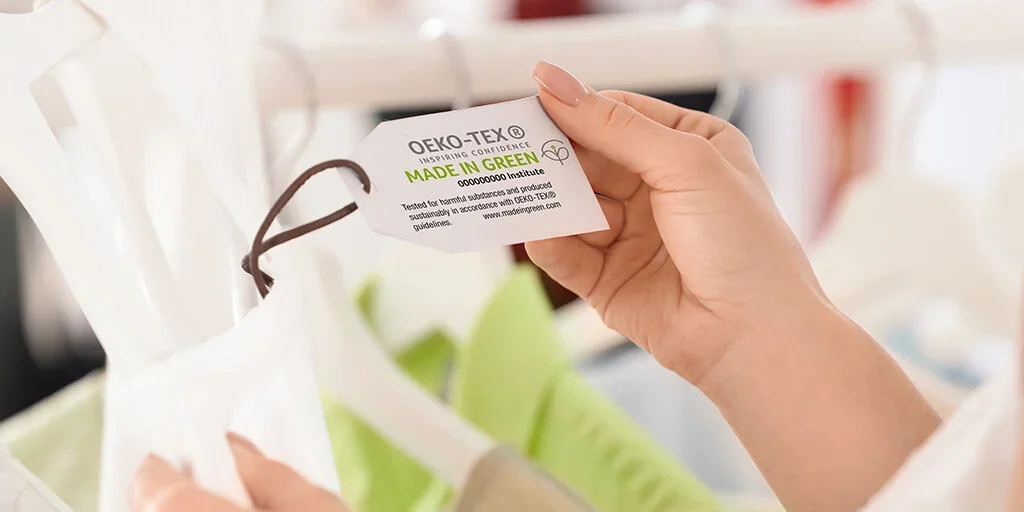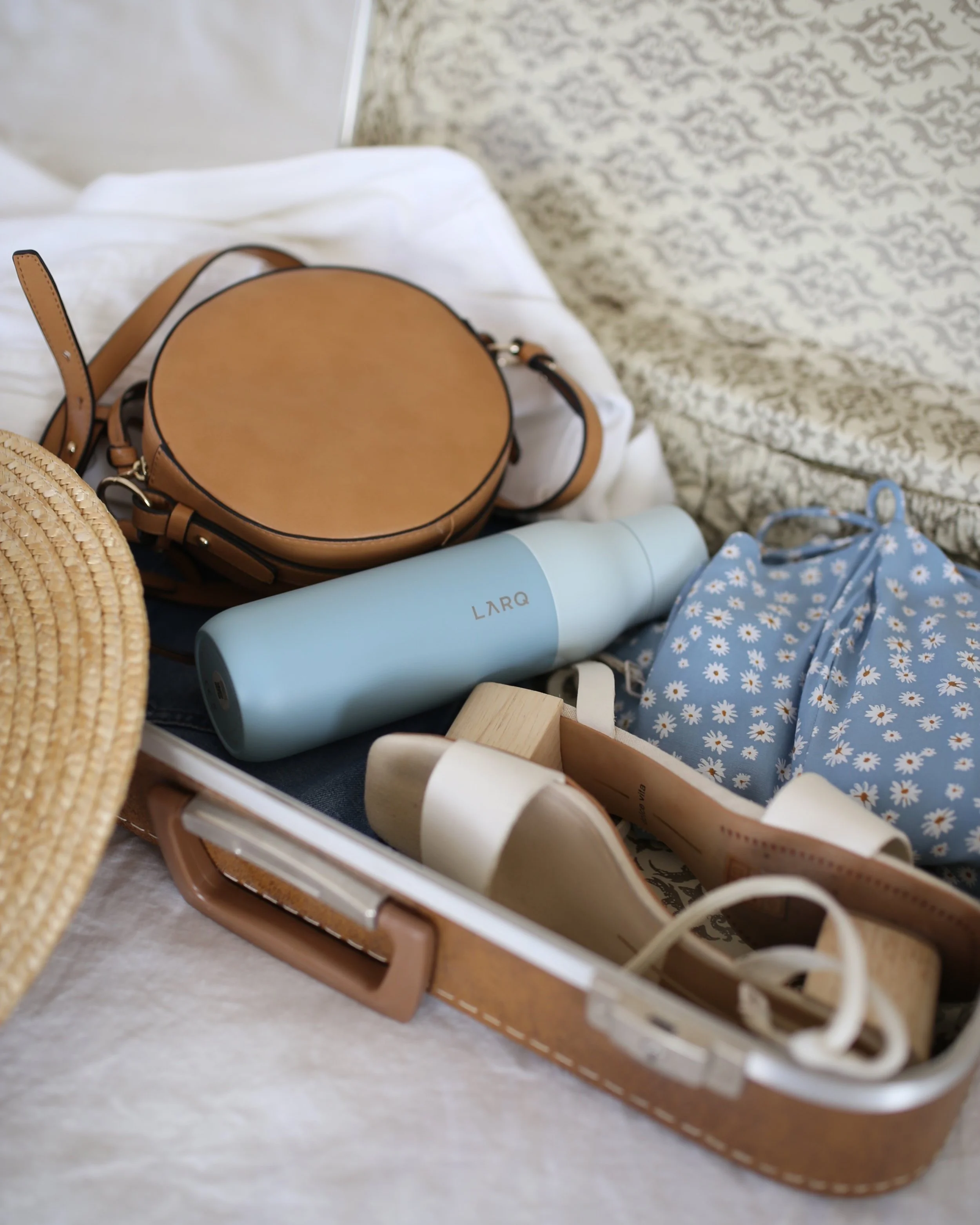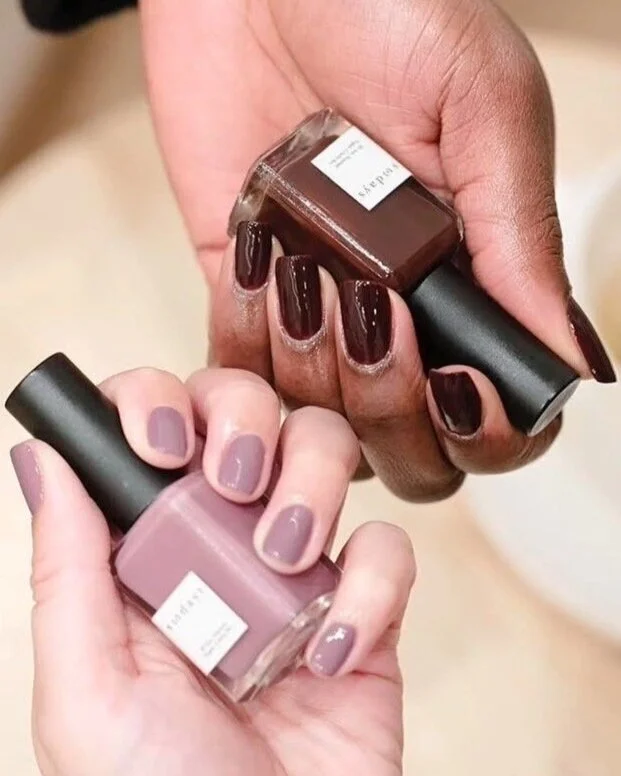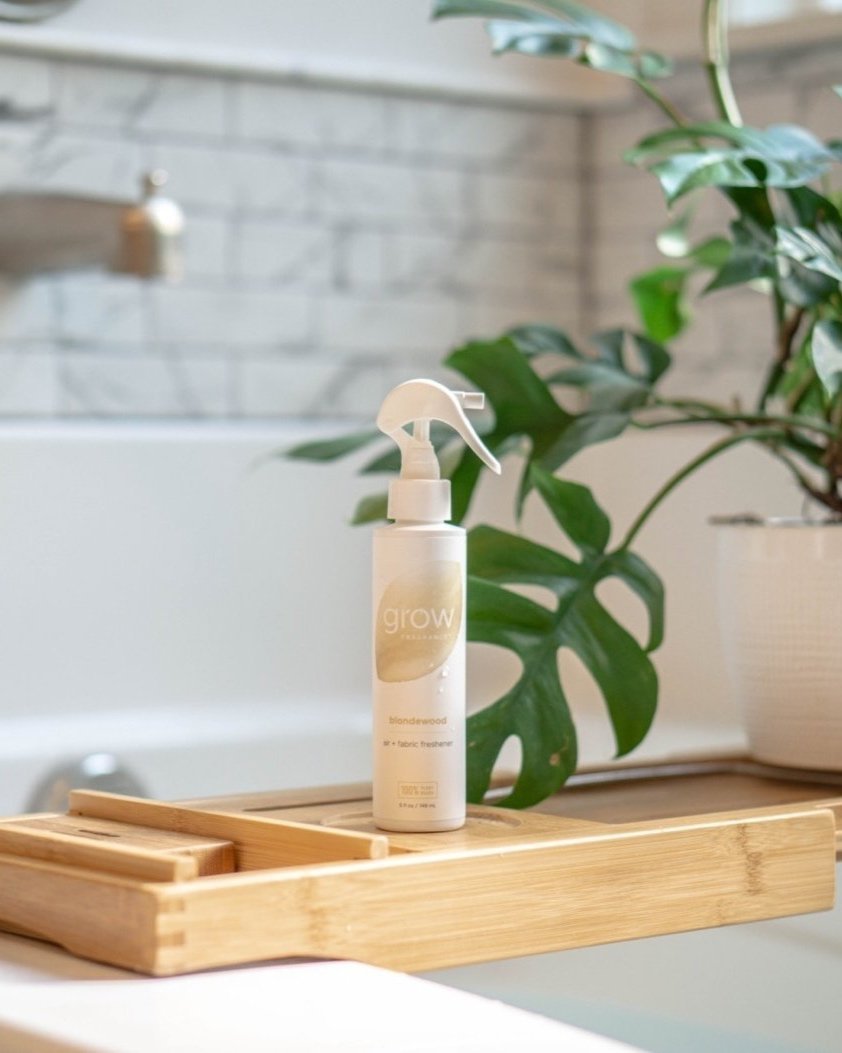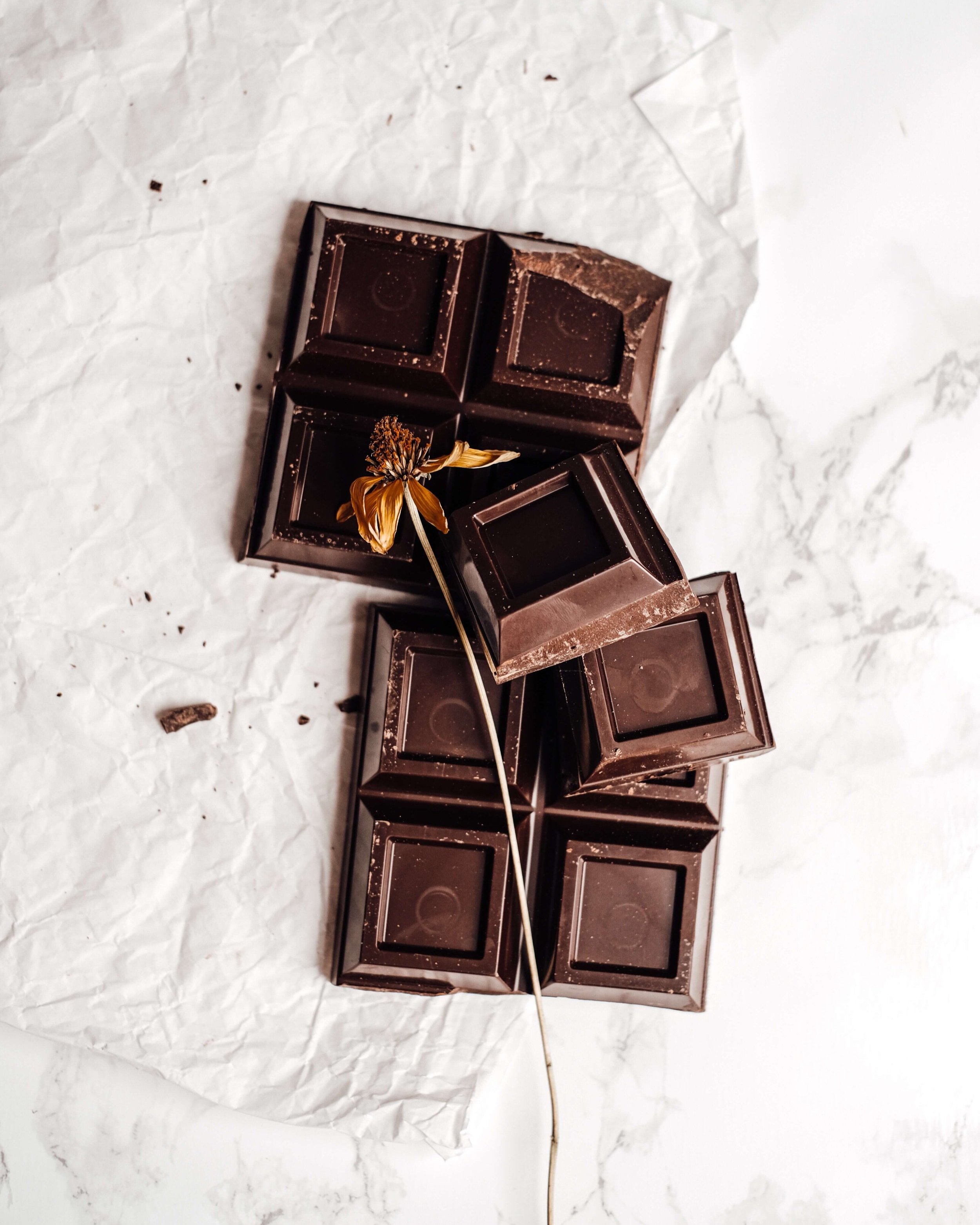How to Enjoy Your Winter in 2023-2024
Winter can be a somewhat divisive season. While some might be looking forward to winter wonderlands, the Holidays, and nights in, others might dread winter coming for the same reasons, especially those who live in colder climates and experience harsher weather this season. But even the people who spend the warm months dreaming of chillier days can find their mood worsening as the days get shorter and the nights longer.
That's why, as the season changes and winter marches towards us, it is essential that regardless of our stance on the season, we find ways to enjoy winter and prioritize our well-being to spend the next few months feeling as happy as we can. To help you enjoy this winter and those to come, in this article, we will share some sustainable tips and tricks to enjoy the winter months by getting in touch with nature and following the season's natural rhythms.
Let's create a cozy home environment
For better or for worse, winter is the season of slowness and stillness. After all, many animals, like chipmunks and bears, hibernate to save energy and survive these darker months. While we might not be able (or willing to) to bypass this period in full by dozing it off, we might want to take a page out of our fellow animals' book and embrace rest and coziness in the coming season by creating a cozy home environment.
This endeavor can look like many different things depending on your budget, the amount of time you have on your hands, or even the degree to which you are free to modify your home, but the goal is adding warmth and comfort to your living space regardless. Regarding décor, you can get some soft blankets, rugs, and pillows from your favorite thrift store or by lighting your space with soft lights placed below eye level, like table lamps instead of ceiling lights.
Bringing some natural elements inside the house, like seasonal flowers or herb cuttings, can also make your place homelier and more comfortable by giving it a lovely organic touch.
Another easy way to create an inviting home atmosphere is by ensuring that it smells nice. To accomplish this, ventilate your home regularly to eliminate stale air and foul smells, and fill your place with fragrance with a petroleum-free candle or a wintery simmer pot. By implementing these simple changes, you can create a warm and welcoming environment that will make nights-in much more enjoyable.
Enjoy winter fashion more by creating new sustainable winter outfits
Fashion can be a powerful tool and a lot of fun. The right outfit can improve your mood and make you excited about the day ahead. The same goes for seasons, as creating new outfits you look forward to wearing in the coming months can also make you look forward to the upcoming season.
Finding the perfect balance between style and warmth is vital to genuinely enjoying winter fashion, so embrace layering and the rich, thick textures that characterize the more winter fabrics, and don't forget to have fun with wintery accessories like hats, gloves, and earmuffs not only for warmth but also to give your outfits some extra pizzazz.
To make this process sustainable as well as fun, build your winter outfits with the clothes you already have at home, and if you find yourself in need of some new winter-appropriate clothing, try to get them secondhand, borrow them, or if you have a bigger budget, get them from ethical and sustainable fashion companies.
With the right toasty outfits that suit your taste and make you feel good about yourself, you are ready to enjoy the season ahead.
Give restful activities and hobbies a try for a cozy, rejuvenating winter
Making time for restful activities can maximize your enjoyment of this time of year, as winter, with the weather turning colder and the days getting shorter, is the perfect season to settle into relaxation and embrace the comfort of cozy indoor activities.
Even if you tend to opt for more active, outdoorsy downtime activities, you can still find a more relaxing indoor pastime to enjoy during the colder days of the year. After all, there are plenty of choices: reading, knitting, drawing, or watching movies can all enhance your enjoyment of this cozy season.
Curling up with a good book or watching movies this season can allow you to escape to new, fantastic worlds. That effect is maximized if you pick a film or a novel filled with wintery vibes. On the other hand, activities like crocheting or painting can help de-stress by engaging your head and hands with a soothing, repetitive task, at the end of which you will end up with a lovely, handmade addition to your home.
By taking some time to engage in any of these restful activities, you can better embrace the beauty and tranquility of the winter season, finding joy in everyday moments of relaxation.
Connect with nature's rhythm by spending time outside
Winter has understated, quiet beauty. Connecting with nature's slower winter rhythm by spending time in nature can be a lovely way to appreciate the season's gentle beauty and create a deeper appreciation for the natural world.
If the weather allows, going on walks at the nearest parks, exploring local trails, going on a staycation to the mountains, or just enjoying the snow in your area can help you soothe your soul by giving you a chance to reconnect with nature and observe the seasons change the landscape, the plants and the animals that live in your region.
On these little adventures, you surely won't be bored, as, with its milky skies, fragrant and crispy air, and delicate snowflakes, winter does offer you plenty of natural wonders to enjoy even without going far from home.
In addition to its benefits for the soul, spending time outside will bring your mind and body many health benefits year-round while acting as a natural mood-booster, reducing feelings of stress and anxiety. So get your comfortable winter shoes, don your favorite scarf, go outside, and let nature help you take a break from the hustle and bustle of everyday life.
Embrace the beauty of home-cooked, seasonal meals
The chiller, darker winter days are the perfect time to indulge in homemade, comforting, warming meals and embrace the joys of making and eating meals you love. Spending time at home, in your kitchen, and experimenting with cozy meals made with local, seasonal foods is a fantastic way to get into the spirit of winter sustainably and appreciate the hearty, tantalizing flavors of the coldest season.
Turn on the stove, preheat your oven, and take out your favorite dinnerware to prepare and savor cold season classics like strews, soups, and savory pies with wintery ingredients like root vegetables, squash, and leafy greens. Prioritizing local and seasonal produce as much as you can will not only allow you to support local farmers and businesses but also ensure that the ingredients you are employing are at their peak flavor and freshness, making our meals more sustainable and tastier.
This is the perfect recipe to bring into your life a more profound sense of connection to your local community and nature this winter and beyond.
Take some time to socialize and build connections
During the colder season, the word "self-care" might evoke images of warm baths or piping-hot drinks enjoyed under a thick, cozy blanket. While a healthy dose of alone downtime is vital to recharge our batteries after demanding days and to pursue our hobbies and interests, socializing and building connections are just as crucial to our physical and mental well-being, even in winter.
Spending time with our loved ones and meeting new people might feel more accessible during the warm season while the sun shines bright, the days never seem to end, and spending time outside feels like a no-brainer. But even though going out might feel counterintuitive as the days get shorter, trying to set aside some time to socialize is still beneficial. Humans, after all, are social animals, and our need for community and friendships doesn't drop when temperatures do.
Take this upcoming season as an occasion to host brunches and dinner parties for your friends and family or to find out what kind of "third places" your area has to offer and explore them with your loved ones. Regarding new connections, taking some classes can be an excellent way to make new friends in winter, especially for those who work for themselves or from home.
Winter is the season of slowness and rest. Embracing winter and following its natural rhythm can help us appreciate the beauty and wisdom of the Earth and recharge along with the rest of the natural world, making this a season we can welcome with open arms rather than a time to dread. We hope that with these simple, planet-friendly tips and tricks, we can help you create a more enjoyable winter experience this year.
About the Author
Roberta Fabbrocino is a journalist specialized in climate change and sustainability-related topics. Her articles have been published in several international eco-publications. Roberta also works as a content writer for sustainable companies.
MAKE SURE TO PIN THE PHOTO BELOW TO SAVE THIS POST FOR LATER!
WANT TO FIND SUSTAINABLE BRANDS? VISIT OUR BRAND DIRECTORY!
Our Brand Directory is home to hundreds of sustainable brands, from makeup to cleaning supplies, from underwear to shoes. We have broken everything down by category for easy shopping, along with discount codes unique to Sustainably Chic viewers.






